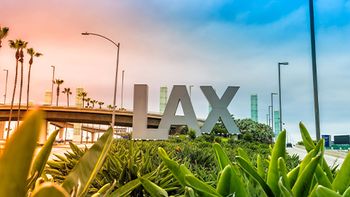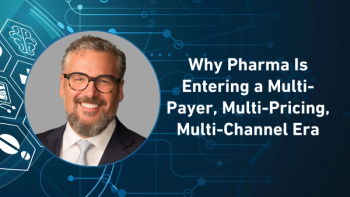
- Pharmaceutical Commerce - February 2024
- Volume 19
- Issue 1
A Look at the Medicare 'Extra Help' Program
And the need to boost awareness of this critical healthcare resource.
As a result of the Inflation Reduction Act (IRA), 2024 brings much needed change to the Medicare Part D benefit—helping to lower out-of-pocket (OOP) costs for prescription medications for many. One important change is the removal of the 5% catastrophic cost-sharing obligation, which went into effect Jan. 1. This means, for the first time, Medicare Part D beneficiaries will no longer have unlimited financial liability for their OOP prescription drug costs through the catastrophic phase. Instead, these beneficiaries now face a cap of about $3,250 in OOP costs for their drugs, which is especially beneficial for those who need access to expensive treatments.
While this change improves affordability for many, the new reform with the biggest potential to help low-income beneficiaries is the expansion of the federal Low-Income Subsidy, or "Extra Help," program. This reform, which also went into effect Jan. 1, means that more patients who struggle to afford the healthcare costs related to their Rx drugs will benefit.
What is Extra Help?
Run by the Social Security Administration (SSA), the Medicare Extra Help program helps those enrolled in Medicare Part D who have very limited income and assets to pay for the monthly premiums, annual deductibles, and copays related to their Rx medications.
Historically, there have been two programs within Extra Help—the full and partial programs, each based on income levels. The change enacted into law through the IRA means that the partial program no longer exists; individuals with income up to 150% of the federal poverty level with limited resources may now be eligible for full benefits under the program.
People who qualify for Extra Help will not pay deductibles; premiums for Part D drug plans; any more than $11.20 in 2024 for each brand-name drug the plan covers ($4.50 for generic medications); and a Part D late enrollment penalty, if applicable.
The benefit to each person in this program can be significant—valued at more than $5,000 per year.
Who is eligible?
Some individuals, such as dual-eligible (enrolled in Medicare and Medicaid); people receiving supplemental security income (SSI); and individuals qualifying for a Medicare savings program are automatically enrolled in the Extra Help program.
Others must meet strict eligibility requirements. Overall, in order to be eligible for Extra Help one must meet the income and resources limit, and live in one of the 50 states or the District of Columbia. For example, a person may be eligible if their combined savings, investments, and real estate are not worth more than $34,360, if married and living with a spouse, or $17,220 if not currently married or living with a spouse. With regard to assets, the SSA will review one’s checking and savings accounts, real estate beyond one’s primary home, and disbursements from retirement accounts, stocks, and bonds.
Individuals who believe they may be eligible can contact the SSA online at
How aware are beneficiaries?
A recent national poll conducted by the PAN Foundation found that most US adults have either never heard of the Extra Help program or don’t know what it is. Key findings include:
- Overall, 44% of respondents have never heard of Extra Help. Nearly half who have incomes under $50,000 (47%) have also never heard of the program.
- 25% have heard of Extra Help but don't know what it actually is.
- 33% don’t know which agency administers the program.
- 59% are not aware of what income eligibility level it expanded to in 2024.
These findings reinforce that additional education and outreach is needed.
What’s next?
Today, almost one in three Part D enrollees, or more than 13 million people, receive Extra Help. However, it is estimated that at least three million more people may be eligible.
Healthcare providers, financial navigators, case workers, community-based organizations, and patient groups have an obligation to do all we can to elevate awareness about this important resource.
About the Author
Amy Niles is chief advocacy and engagement officer at PAN Foundation.
Articles in this issue
almost 2 years ago
Pharmaceutical Commerce - February 2024 Issue (PDF)almost 2 years ago
The Value of 3PLsalmost 2 years ago
New Year, New Aspirationsalmost 2 years ago
Access Insights and Information Aboundalmost 2 years ago
Who Moved My Prescription? Part IIalmost 2 years ago
The Path for Prescription Drug Salesalmost 2 years ago
A Pharma Pricing and Agreements Primer in Today's Complex Landscapealmost 2 years ago
The Impact of 340B on Commercial Contractsalmost 2 years ago
DSCSA 2024 or 2023 Déjà Vu?Newsletter
Stay ahead in the life sciences industry with Pharmaceutical Commerce, the latest news, trends, and strategies in drug distribution, commercialization, and market access.




